|
ALBRECHT DÜRER - MADRID
Self Portrait - Age 28
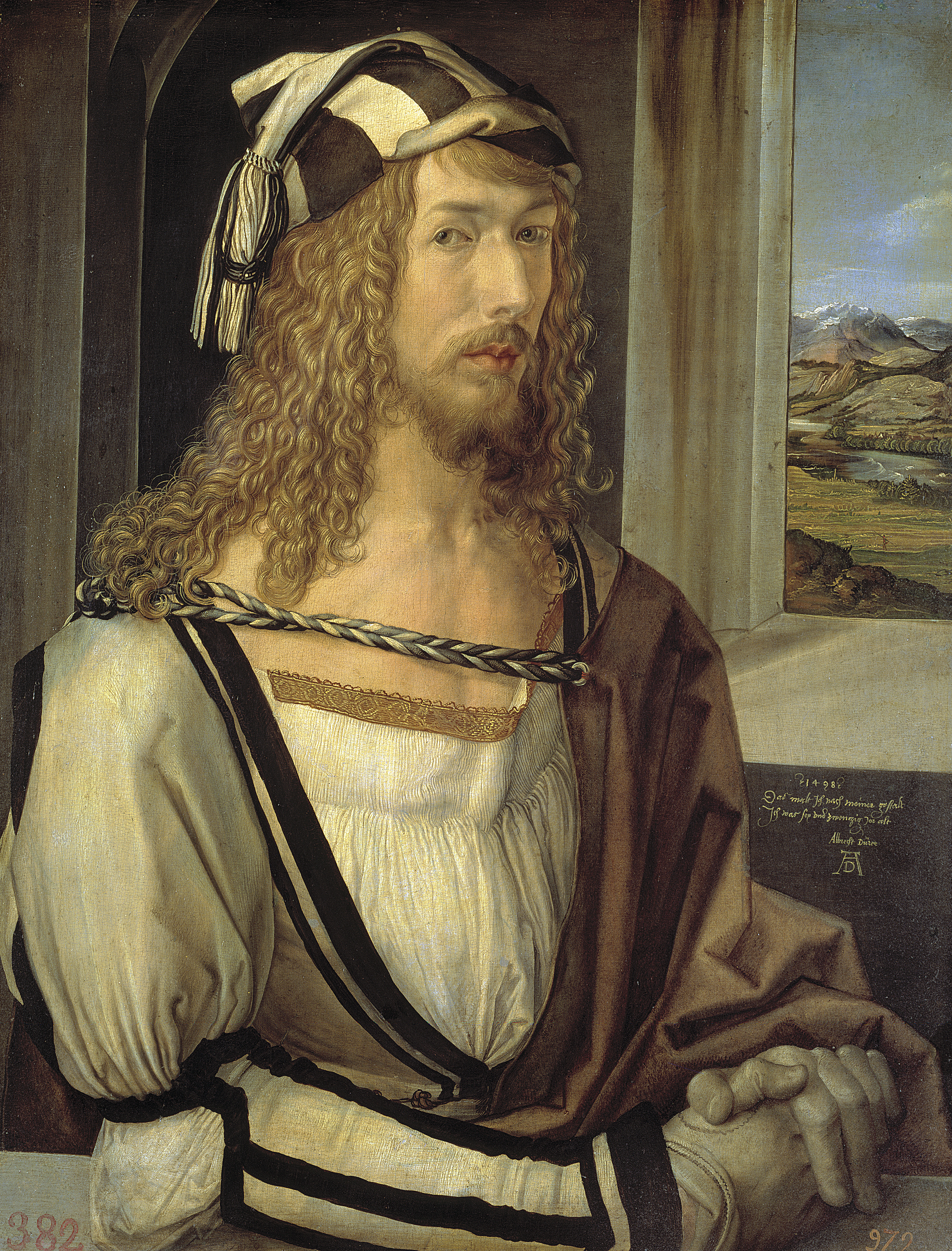
Albrecht Dürer, Public domain, via Wikimedia
Commons
1498 |
- Greyhound bus rider.
- He was a dedicated traveler, and his journeys significantly impacted his artistic style.
-
Albrecht Dürer the Younger - born in
Nuremberg, 1471-1528.
- German painter, wood engraver, and theoretician.
-
Noted in particular as a draughtsman and for his copper engravings and woodcuts.
- Dürer was the first artist to master the self-portrait (he
created three, this portrait at age 28 is widely regarded as
one of the most influential self-portraits in history).
- Saturn return.
- Yes, Dürer Depicts Himself as a God—But Not (Totally) Out of Arrogance.
Until this time, fully frontal half-length portraits of the kind in the 1500 Self-Portrait had been reserved almost exclusively for depictions of Christ.
Most portraits of the age were in keeping with the three-quarter position, as seen in Dürer’s Self-Portrait from just two years before
(above). There, he depicts himself as a refined dandy—a very different image from the intense, head-on presentation.
But while that might seem arrogant, in the artist’s own time, a reverence for self was, in fact, perceived as the way to Christ. “Self-love and love of God exist in an uneasy symbiosis in pre-Reformation piety,” wrote Joseph Leo Koerner in his book The Moment of Self-Portraiture in German Renaissance Art, “Nicholas of Cusa, we recall, regards narcissism as the starting point for devotion. (news.artnet.com)
|

Doormaker |
- The German name "Dürer" is a translation from the Hungarian, "Ajtósi". Initially, it was "Türer", meaning doormaker, which is "ajtós" in Hungarian (from "ajtó", meaning door).
-
Translates to "door maker" or "doorman" in English. It was used as an occupational surname for those who made or sold doors, or who worked as doorkeepers.
- A door is featured in the coat-of-arms the family acquired. Albrecht later changed "Türer", his father's diction of the family's surname, to "Dürer", to adapt to the local Nuremberg dialect.
- Dürer also means "doer" or "one who accomplishes."
- Türer ---> Dürer ---> TwoDoor.
- One who accomplishes reformation
apparently.
- Albrecht noble, bright, and famous.
- Knights of the Habsburg Golden Fleece.
- The earliest
recordings are British, and date back to one Albertus in the
1086 Domesday Book, which is several centuries earlier than
the first recordings in its German homeland.
-
How Aldi’s frugal, reclusive founders turned a corner grocery store into a $38 billion fortune.
- Family feud.
Aldi has a huge cult following thanks to its no-frills shopping experience, narrow selection of products and low prices. It’s one of the world’s largest and most valuable grocery store chains with more than $80 billion in estimated annual revenues and 10,000 locations around the world, including about 1,600 in the U.S. (plus nearly 500 Trader Joe’s stores in America).
It’s an empire that has made its founding family multibillionaires.
In the early 1960s, Theo and Karl had a
disagreement over whether or not the stores should
sell cigarettes (Karl reportedly believed tobacco
products would attract shoplifters). As a result, the
brothers amicably split the business.
Karl led a (cigarette-free) division called Aldi
Sud that controlled the stores located in the
southern half of Germany, and Theo took the stores in
the country’s northern half under Aldi Nord. (cnbc.com)
|
- Moral of story: Don't ever spend your
family inheritance on yourself (trinkets and things) because
then it's no longer an inheritance, it goes away at that point
and will be impossible for you to replace.
Spend your inheritance instead on your
family's future; homes, property, family businesses, etc.
Things that you can grow for your family's future, because
your family's future is your future too.

Gold bars |
- His father, Albrecht the Elder, was a goldsmith.
- Dürer studied under the prominent mathematician and astronomer Johannes Stabius.
-
Published work, "Four Books on Measurement," 1525.
- By the time of his second trip to Italy, 1505–1507, he was the most celebrated German artist of the period.
- He awarded his final major work, the Four Apostles (1526), to the city of Nuremberg, which had adopted Lutheranism 18 months earlier.
- Died in 1528 at the age of 56.
Dürer apprenticed first with his father, a goldsmith, and then with Michael Wolgemut, the leading painter and woodcut artist in the city. He worked in Basel and Strasbourg as a journeyman before visiting Venice in 1494–1495, where he became one of the first northern European artists to study the Italian Renaissance in situ. (nga.gov)
|
- Gloves on.
- Orifice which seemed to equate to female
gender.
- View.
- Italian landscape.
- Watch the water.
- Māori cosmological tradition reflect
those of ancient Egypt, China, India, Scotland, and the Dogon
of Mali in Africa.
- Māori myths, symbols, cosmological
concepts, and words reflect symbolic elements found at Göbekli
Tepe in Turkey.
- Move over astrology, it’s time to return
to the Māori lunar calendar to restore systems and knowledge of agricultural productivity, marine and forest gathering, resource management, health, healing and daily practices that provide sustenance for well-being.
- The Seven Sisters.
- Matariki is the Pleiades star
cluster and a celebration of its first rising in early summer
which marks the beginning of the new year in the Māori lunar calendar.
- Matariki was one of the star clusters used by the early
Māori settlers to navigate the Pacific Ocean on the first voyages to New Zealand.
Like most natural features seen around New Zealand, Matariki has many different legends behind it. The most common of which is the legend of a mother called Matariki, and her six daughters.
Another legend tells the story of how
Tawhirimatea, the god of wind, found out that his
parents had been separated so tore out his eyes and
threw them into the sky. The stars of Matariki are his
eyes. (nzpocketguide.com)
|
- Stone crushing man.
Whoso diggeth a pit shall fall therein: and he that rolleth a stone, it will return upon him. (Proverbs 26)
|
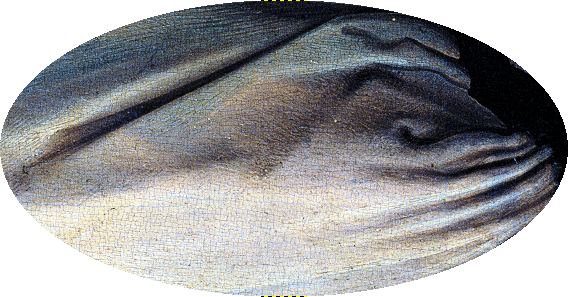
Reptile egg |
- Tuatara, survivor from the dinosaur age,
are a rare reptile found only in New Zealand.
- Their diet consists primarily of invertebrates.
- A tuatara’s average life span is about 60 years, but they can live up to 100 years.
Tuatara are the only surviving members of the order Sphenodontia. This order was well represented by many species during the age of the dinosaurs, some 200 million years ago.
All species except the tuatara declined and eventually became extinct about 60 million years ago.
Because of this, tuatara are of huge international interest to biologists. They are recognized internationally and within New Zealand as species in need of active conservation management. (doc.govt.nz)
|
- Māori, Made in China.
-
Arrived 800-1,000 years ago.
-
Aotearoa was their name for New Zealand.
- Came from East Polynesia
in canoes.
- Silk road.
According to DNA analysis undertaken by Victoria
University of Wellington zoologist Dr Geoff Chambers
and Dr Adele Whyte (Ngāti Kahungunu), Māori migrated
from mainland China to Taiwan, the Pacific Islands and
eventually to Aotearoa.
With over $200m in Māori exports to China in 2015, Māori recognize the value of continuing to build and travel these cultural roads to commerce, not just for now, but for future generations.
If Māori have learned anything in China it is about being yourself before being your business, it is about the value of Māori ways of relating and doing that strike a chord with Chinese, it is about finding and building points of common cultural connection as a foundation for commercial connection. (nzstory.govt.nz)
|
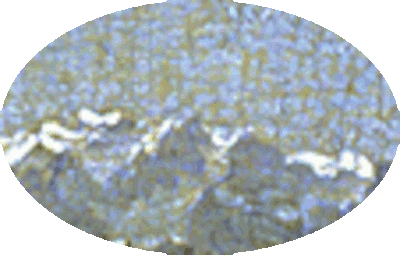
Antarctica |
- Sea voyages by Māori people may have reached Antarctica as early as the seventh century AD, more than a
1000 years before the first European expeditions to the icy continent.
| “We found connection to Antarctica and its waters [has] been occurring since the earliest traditional voyaging, and later through participation in European-led voyaging and exploration, contemporary scientific research, fishing, and more, for centuries.” (Manaaki Whenua) |
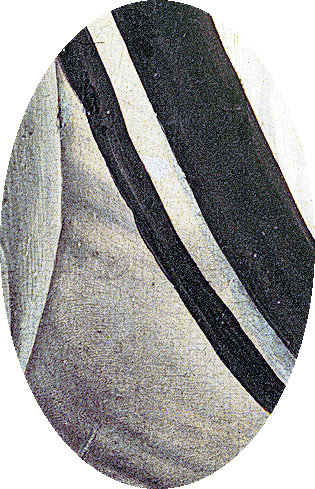
Māori |
- The Māori “I will kill you and I will eat you.”
- The warriors were armed with spears and clubs of different sizes, deadly weapons made of wood, stone and bone.
- Māori ate those who they killed to consume their strength, using their bodily parts to craft weapons and tools.
- Hingakaka was the cause of bloodshed and tribal wars. Many died for revenge and honor.
The tribal wars of the Māori were always fought at the same time every year, following a strict code. The time between November and April was a time of war. During these months, the prime goal of every
Māori warrior was to defeat the strongest enemy from the rival tribe in order to gain as much spiritual power called mana as possible. (Yulia.Dzhak)
|

Māori tattoos
(cured tattooed heads) of several chiefs |
- Tā moko is the permanent marking or "tattoo" as traditionally practised by Māori.
- The full-face moko was a mark of distinction for men and
showed their status, lines of descent and tribal affiliations.
- Polynesian peoples, believe that a person's mana, their spiritual power or life force, is displayed through their tattoo.
- Their tattoos were carved into their skin using a mallet and a chisel.
- When Captain Cook visited New Zealand in 1769, he witnessed the art of the tattoo and its rhythmic tapping against the skin with bone instruments.
- When Cook’s crew returned to Europe, their tattoos made a statement and the knowledge of them became quite widespread.
- The Koru loop is one of the more recognizable designs with large tattoos often done on the face.
| The moko was often created by literally carving the skin with a chisel. The
Māori were master carvers, creating fantastic and ornate carvings that graced their buildings, war implements, totems, and jewelry. Over time, they became moko artists, using their woodcarving skills to carve skin. (pbs.org) |

Māori warriors |
- Māori Warriors were some of the fiercest warriors the world has ever known.
- When
they attacked other tribes, all the men were killed because this eliminated the chance that any tribesman could come back and seek revenge. The women were taken as a prize of war.
- They took heads as trophies.
- One reason why they kept the heads of their enemies was so they could mock
them later (oftentimes by piling them up and throwing stones
at them).
The Māori were trained to be warriors from an early age. They used sticks to practice spear thrust and padded weapons to train for combat. They learned to wrestle, box, throw rocks, and run.
Before going into battle the Māori warriors would
prepare themselves in several ways. This usually
included abstinence of certain foods and practices and
the performance of a war dance called a Haka. During
this dance, the Māori would wave weapons, stick out
their tongues, bulge out their eyes, wave weapons, and
grunt. This dance was very important, the tribal
elders would watch it and if the haka was not
performed correctly it could be considered a bad omen
for the upcoming battle. (maorisource.com) |
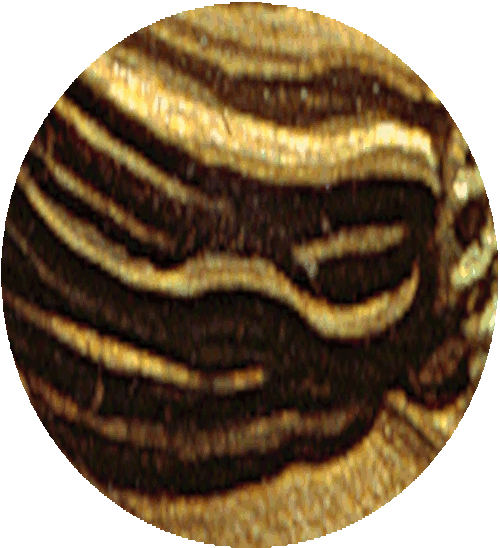
Māori war mask |
- Māori masks were not made to wear but were
placed on ceremonial house gables.

Māori weapon |
- Iron had been used in tools and weapons in the East and Europe for thousands of years, but it was brought to the attention of
Māori only with the arrival of European ships.
- Axe heads, forged in England for cutting roof shingles, were brought to New Zealand
and turned into weapons.
| Short hardwood handles were affixed to make
patiti, for use in one hand, and handles more than a
metre long would wield the toki kakauroa (long-handled
axe) designed to give warriors the reach to combat
British troops with fixed bayonets on their muskets.
(nzgeo.com) |
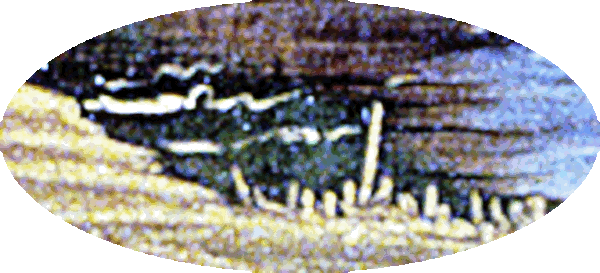
Māori war canoes
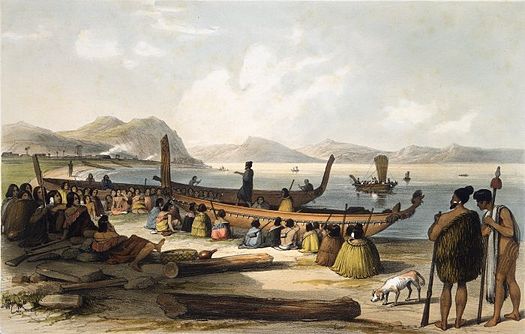
Wikipedia |
- War Canoes of the New Zealand Māori.
- For
the Māori the canoe was of necessity their most valued possession.
Various Māori traditions recount how their ancestors set out from their homeland in waka hourua, large twin-hulled ocean-going canoes (waka). Some of these traditions name a mythical homeland called Hawaiki. Among these is the story of Kupe, who had eloped with Kuramarotini, the wife of Hoturapa, the owner of the great canoe Matahourua, whom Kupe had murdered.
To escape punishment for the murder, Kupe and Kura fled in Matahourua and discovered a land he called Aotearoa ('land of the long-white-cloud'). He explored its coast and killed the sea monster Te Wheke-a-Muturangi, finally returning to his home to spread the news of his newly discovered land.
Other stories of various Māori tribes report migrations to escape famine, over-population, and warfare. These were made in legendary canoes, the best known of which are Aotea, Te Arawa, Kurahaupō, Mātaatua, Tainui, Tākitimu, and Tokomaru.
Various traditions name numerous other canoes. Some, including the Āraiteuru, are well known; others including the Kirauta and the sacred Arahura and Mahangaatuamatua are little known. Rather than arriving in a single fleet, the journeys may have occurred over several centuries. (dbpedia.org) |
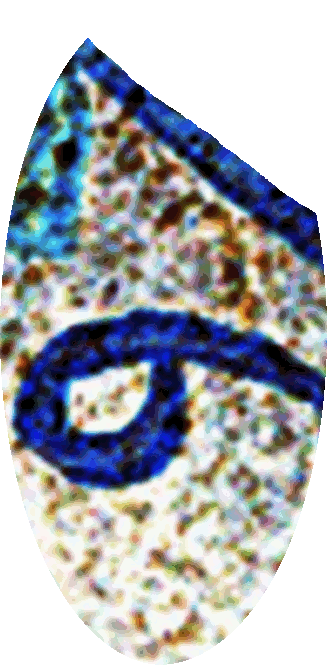
Pakeha pirate |
- Runaway sailors and escaped convicts from Australia joined
Māori tribes and married Māori women.
- They were known as the Pakeha.
- With the help of the Pakeha, the Māori were able to get muskets
which turned into a disaster.
- For the next 40 years, New Zealand erupted in the most vicious tribal warfare it had ever seen.
By the end, a massive chunk of the Māori population was dead. There were only about 100,000
Māori in 1800. By 1845, by conservative estimates, 18,000 people had died—although others put that number twice as high. By some estimates, up to half of their population was wiped out.
The British were getting nervous. Open trade, they now believed, was very dangerous. From here on in, the British started changing how they dealt with the
Māori. (dbpedia.org) |
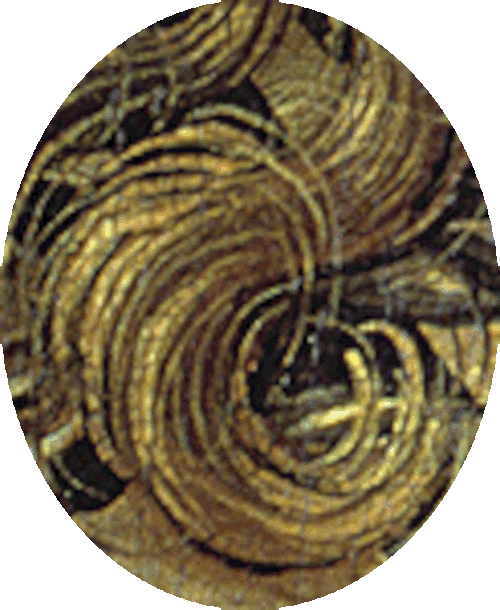
Ginger hair |
- Urukehu - the redheads of New Zealand.
- It is quite common to see
Māori people with green/grey/blue eyes and red hair.
- Skeletons in the Cupboard.
- Māori ginger - kanekane.
- New Zealand: the Land of Hobbits and Redheads.
- Ginger Meggs.

Auahitūroa, god of comets and creator of fire |
- Auahitūroa is a male Māori deity, personification of comets, and the origin of fire. His consort is Mahuika, the goddess of fire.
- Long smoke trails.
- Te Rā (the sun) sent his son Auahitūroa, a comet, to give
the seed of fire to humankind.
- Sometimes called Upoko-Roa
(long-head).
- Together, Auahitūroa and Mahuika, had five
children named after the five fingers; Konui, Koroa, Mapere,
Manawa and Kotoi.

Mahuika, goddess of fire |
- Mahuika is consort of Auahitūroa, god of comets
and creator of fire.
- Kaikomako wood, the chief timber in which Mahuika’s magic flame is preserved for the use of mankind.
- Flames glowed at her finger-tips and her toes.

Māui, trickster |
- demigod Māui, part human and part bird, wanted to play a trick on her and steal her magic fires.
- He approached her and she plucked off the end of one of her big toes which contained the fire.
- Māui pretended to go home with the treasure of fire, but he threw it into
a stream, where it was extinguished.
- He kept returning
for more fire and she gave him all the fire in her nails and
toes but one.
- Māui’s journey was to some great active volcano and an outburst of lava placed him in deadly peril.
- When he had almost depleted all her fire, Mahuika became enraged and engulfed
Māui in flames.
- His mischievous deeds were often to the benefit of mankind
such as creating fire to raising the sky to snare the sun.
By this time she had become aware of Maui’s tinihanga, his deception practised on her. In her anger she plucked off the remaining finger-nail and threw it at him, uttering an incantation to cause it to consume the earth and the forest and all other things and so destroy her tormentor.
Maui now was in sore peril. He ran hither and thither, frantically seeking a way of escape, but fires blazed all around him; the ground was a sheet of leaping flame, the forests roared with the mighty voice of blazing trees.
In his extremity Maui called upon his ancestral gods for aid. He appealed to the gods of the storms and rain, to Tawhiri-matea and Whatitiri, the powers of the air. And instantly came succour from the sky. Torrents of rain descended and extinguished the raging fires. The Ua-nui, PAGE 17the Ua-roa—Great Rain, Long Rain—flooded the land, and Maui was saved from death in the raging furnace of earth and forest. (nzetc.victoria.ac.nz) |
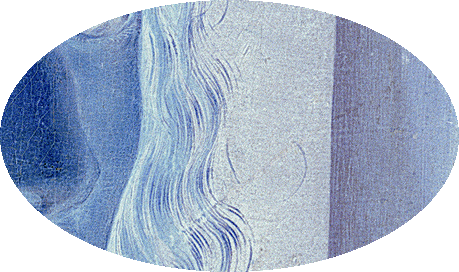
Hina, moon goddess |
- Hina, as goddess of the moon, is closely linked with feminine energy.
- Attributed with change, transformation, travels and protection. Hina is known to have assisted sailors in their travels.
- In certain tellings she is the original creator of the world, the goddesses and gods, and human beings.
- Best known as the woman who lives in the moon.
- Butterfly
goddess, winged one.
- In New Zealand mythology Hina is usually considered to be Maui’s elder sister while other versions have her as his wife.
- In one legend she is Maui’s elder sister and teaches him to braid a rope from strands of her hair, creating a magical rope to be used to capture the sun.
The story of Hina is that she was once a mortal women, beautiful and intelligent, growing tried of the noises and business of the world she sought refuge in the sky, first she tried the sun, but it was too hot. So instead she made her home in the moon, guiding sailors and weaving cloth, she found peace and become the goddess of the Moon.
Another intriguing story of Hina is that she once sought to find the love of her life, and she asked the creatures of the ocean to help her find a man. When they failed to do this (I’m not sure if they couldn’t find a good enough man, or perhaps none at all – sea creatures are not famed for their matchmaking abilities) Hina was furious; she squashed the flounder flat and split the whale’s tale with a coconut. She went off to the moon and stayed there, never to return to earth. (sentiayoga.com) |
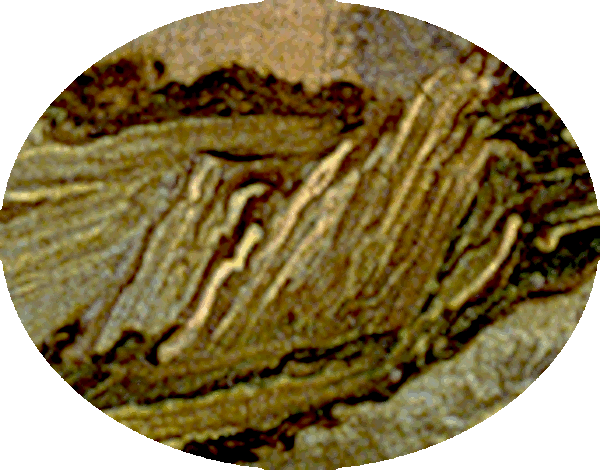
Easter Island Moai |
- There are possibly hundreds of Moai still yet to be
unearthed.
- Located on the remote Chilean territory of Easter Island.
- When the Europeans began arriving in 1722, the Moai were still standing
but by the end of the 19th century, they reportedly had all toppled over.
- Moai statues are also known as ‘Easter Island heads,’ are monolithic human figures carved by the Rapa Nui people between the years 1250 and 1500
BCE.
- There are 887 known Moai statues.
- All but seven at Ahu Akivi, the statues always faced away from the ocean.
- Must have been like finding a needle in a haystack.
-
Eye of the needle.
- Spear-like island of Motu Kau Kau,
more than 2,000 miles off the coast of its parent country,
Chile.
- Birdman Cult.
All but 53 of the 887 moai statues known to date were carved from tuff (a compressed volcanic ash). There are also 13 moai carved from basalt, 22 from trachyte and 17 from fragile red scoria.
The carvers used basalt stone hand chisels, with many teams working on different statues at the same time. However, a single moai took a team of 5-6 men about a year to finish. (justfunfacts.com) |
- Needle Rock, Mercury Bay, with a hole through the center of the island,
New Zealand.
- Needles Seal Colony.

B-21 "Raider," a long-range stealth bomber |
- Want to fly over your home with nuclear weapons.
-
Did you vote for this?
|
|

